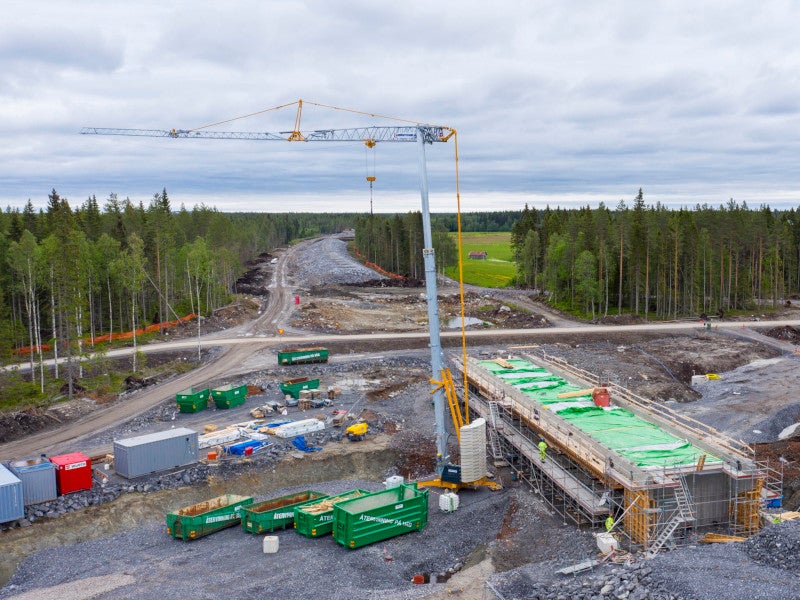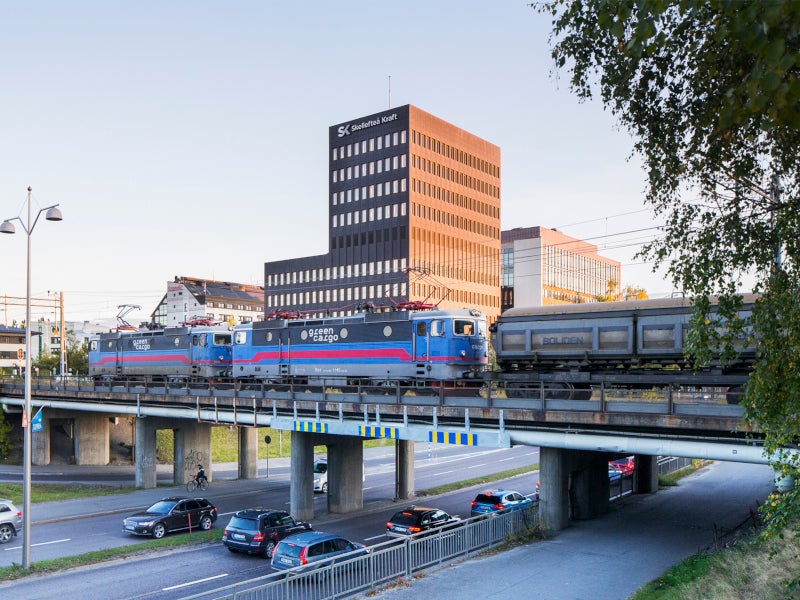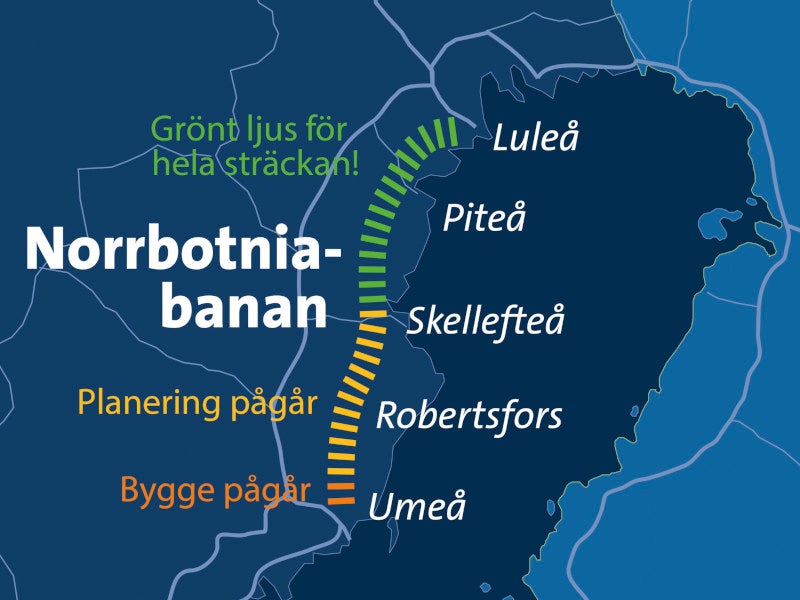North Bothnia, also known as Norrbothnia, is a 270km high-speed coastal railway line, which is being constructed between Umea and Lulea in Sweden.
The line will form a part of a double-track railway system in Northern Sweden and connect Sweden’s two northernmost counties, Norrbotten and Vasterbotten.
Swedish Transport Administration (STA) is developing the project with an estimated investment of Skr40bn ($3.67bn).
The construction on the project commenced in August 2018 and is anticipated to be completed in 2030. The first section of the line between Umea and Dava is expected to be completed in 2024.
The North Bothnia line forms part of the core network in the framework of the Connecting Europe Facility. It will help in reducing freight transport costs by 30% and passenger journey times by 50% while significantly improving the commuting experience on the Swedish coast.
North Bothnia high-speed railway line details
The planning and construction of the Northern Bothnia high-speed railway line is divided into three segments, namely Umea-Dava, Dava-Skellleftea, and Skilleftea-Lulea. It will serve as an extension of the existing Bothnia high-speed railway line opened in 2010.
Construction of the first section between Umea and Dava is currently ongoing while the remaining two sections are in the .
The single-track railway line will include stations located 10km apart. It will handle 22 freight trains and 44 passenger trains a day travelling at speeds of up to .
The line will include up to five regional train stations in Robertsfors, Savar, Burea and Byske along with three travel centres in Skelleftea, Pitea, and Lulea. The travel centres will comprise various amenities such as restaurants, hotels, and shops and will be conveniently located near homes, offices, schools, nursing homes, and other places of interest.
In addition to new tracks, platforms, and platform connections, the project will also include station buildings, street crossings, pedestrian and cycleways, and public transport connections.
Umea to Dava section details
The 12km-long Umea to Dava section includes a 1.6m-long railway tunnel through the Ersmarksbergen area. The tunnel is being built towards the north of the Umea freight station and is the sole tunnel on the route.
The section also includes the development of 13 bridges and 24km of roads. The first rail track for the section was installed in 2022.
Financing
The Swedish government allocated Skr7bn to the project through the National Transport Plan in June 2018.
In addition, the project secured Skr200m in funding including Skr100m from the EU and the rest from regional sources.
North Bothnia rail line benefits
The North Bothnia high-speed railway line aims to boost the country’s rail freight transportation while improving passenger traffic between the towns along the Norrland coast. It will offer a faster and safer travel option between Umea and Lulea, thereby improving trade and industry competitiveness and accessibility to offices and universities.
Furthermore, the line is a part of the Bothnian corridor, one of Europe’s most important transportation routes. It will provide better accessibility to neighbouring regions including Finland.
Additionally, the new railway line is expected to reduce carbon emissions by 80,000 tonnes (t) a year by moving freight and passenger traffic from road to rail and using renewable electricity thereby having a significant positive impact on the climate and the environment.
Contractors involved
Consultants AFRY and WSP were contracted by STA to prepare the railway plan for the Skelleftea-Degerbyn section of the railway line in January 2024.
AECOM, a global infrastructure consulting business, is responsible for designing a 30km section between Gryssjon and Robertsfors comprising 21 bridges, three sidings, and a floodlit ski track. It will also design the groundwork and infrastructure for the track and overhead lines, including about 45km of roads.
Sweco, an engineering consultancy company based in Sweden, was awarded two contracts worth Skr200m to plan two 33km sections between Sundback and Gryssjon, and Burea and Sodra Tuvan.
Tyrens, a Swedish consultancy, was entrusted with the task of preparing a railway plan and associated project documents for the initial section of the railway line.
FOLKBRO, an independent, multidisciplinary engineering business, will oversee the cost estimation and life cycle cost analysis of the new North Bothnia high-speed railway line.





